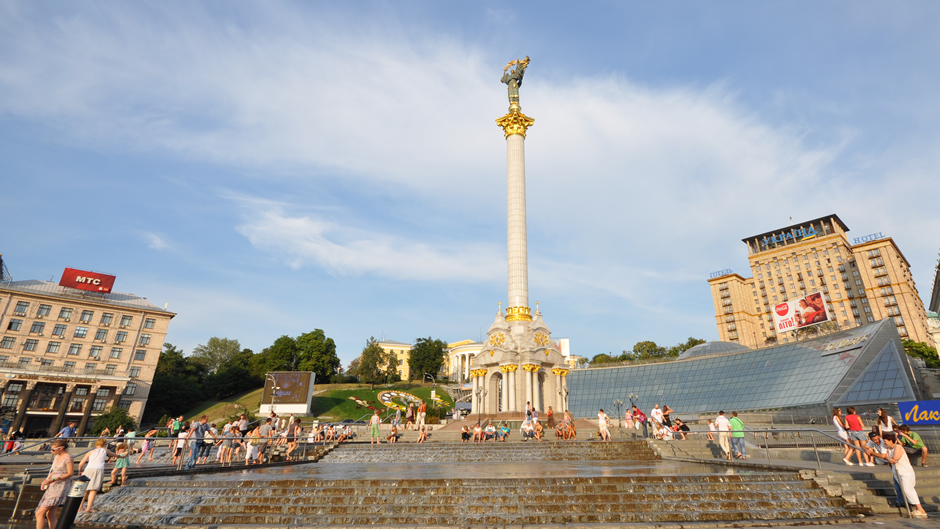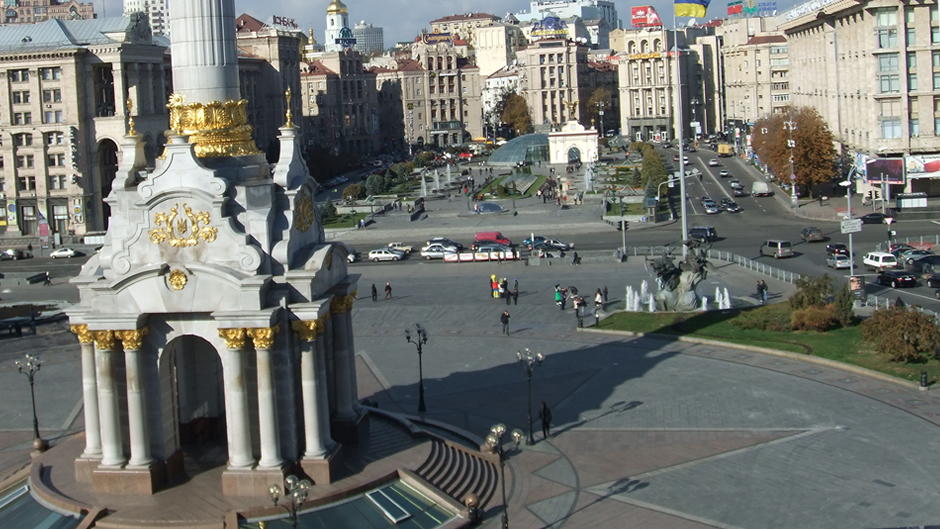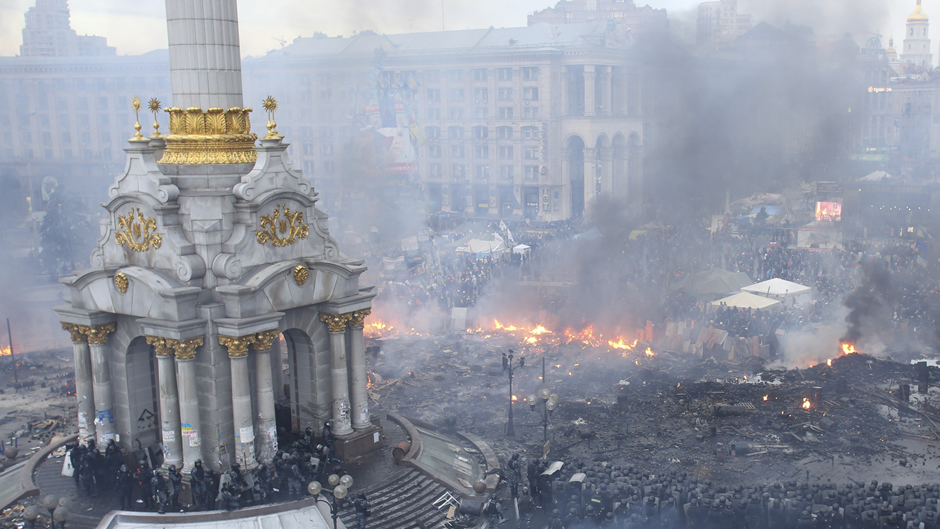Fresh violence has erupted this week in the Ukrainian capital Kiev, where anti-government protesters have been occupying the centre of the city for almost three months.
See our five photos to see how the protests have turned the city’s Independence Square into a battle zone.
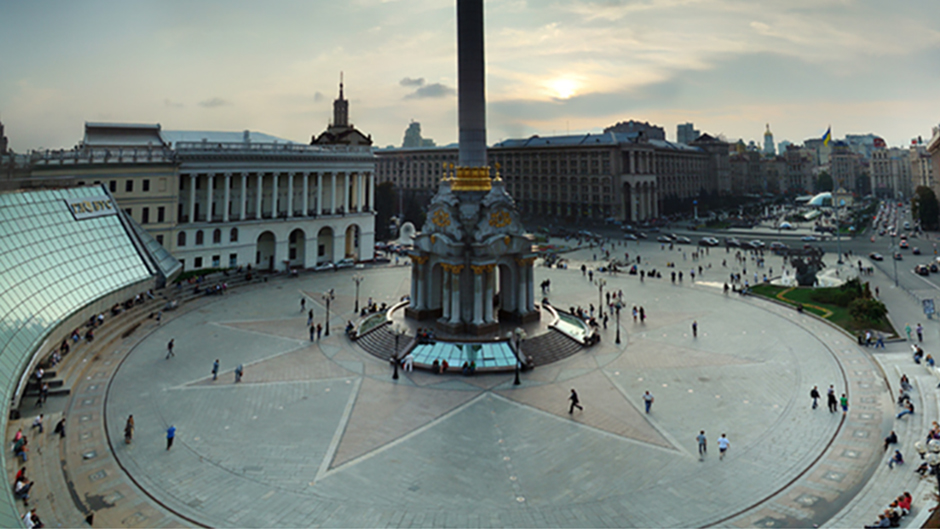
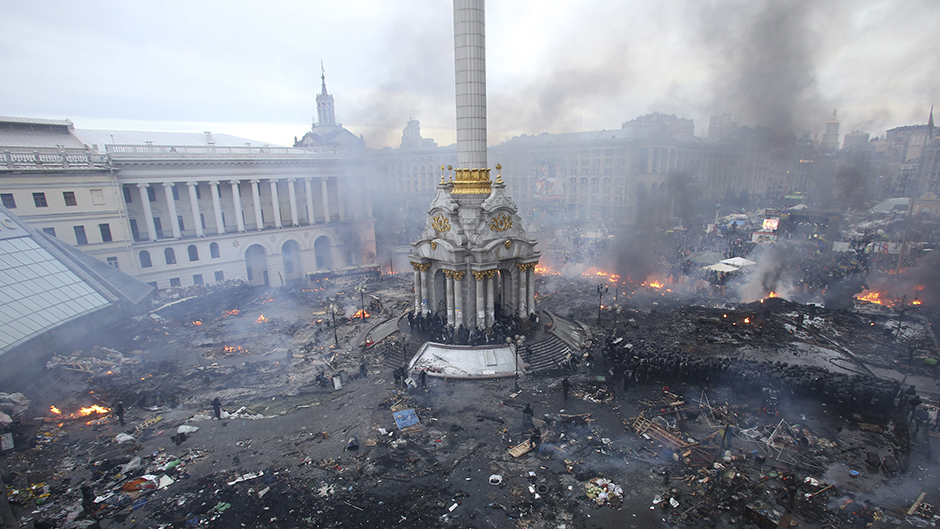
The protests started late in 2013 after Ukrainian president Viktor Yanukovych spurned a European trade and political deal and instead sealed a $15 billion bailout from Russia.
They have since transformed into a broader protest movement, with demonstrators calling for the president to resign over claims of corruption and his close ties to Russia.
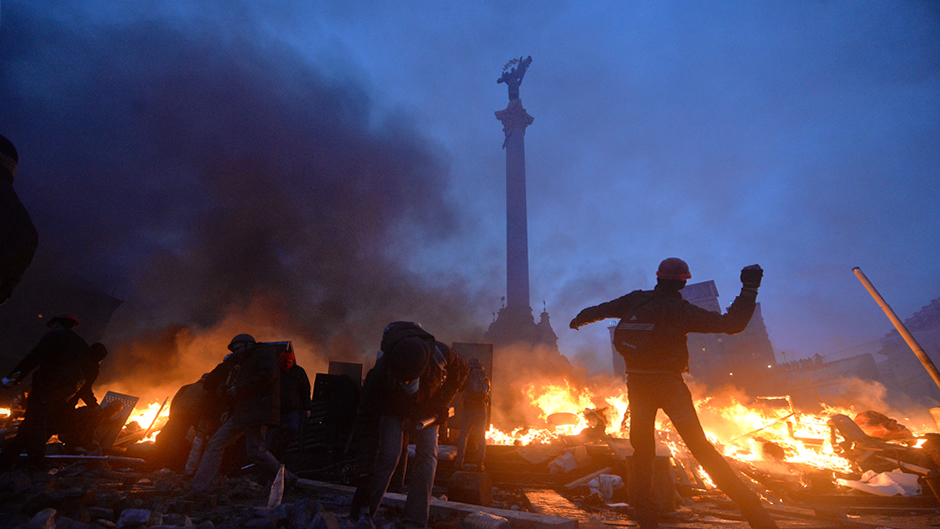
Protesters armed with rocks, petrol bombs, bricks – and some with guns – have been fighting running battles with riot police, who replied with water canons, stun grenades and rubber bullets.
At least 26 people have been killed in fighting on Kiev’s streets, 10 of them police officers.
Mr Yanukovych now says he has agreed to a “truce” with opposition leaders and a start to negotiations to prevent further bloodshed.
The Ukrainian crisis is also becoming a new fault line between Russia and the West, as Russian president Vladimir Putin seeks to re-assert his country’s influence over former Soviet republics.
Russia says the world is witnessing a fascist coup, with foreign minister Sergei Lavrov blaming the West for encouraging opposition radicals “to act outside of the law”.
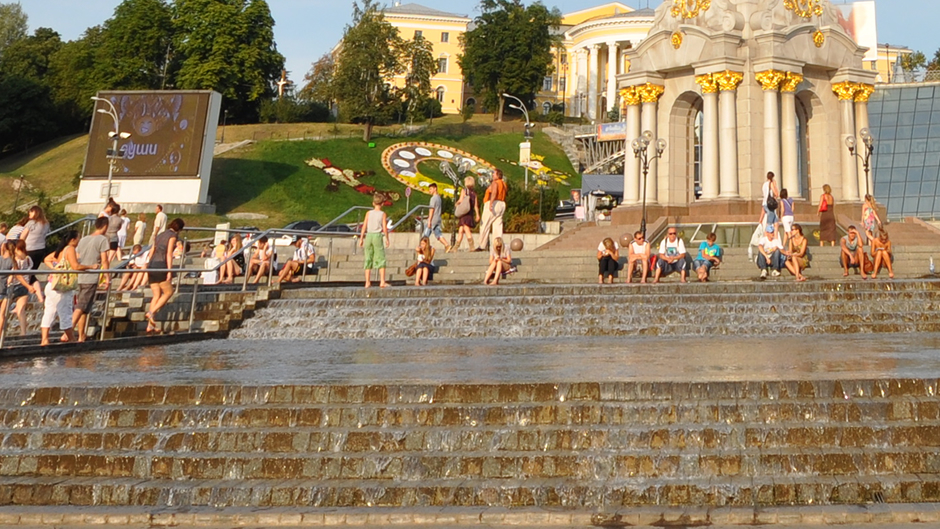
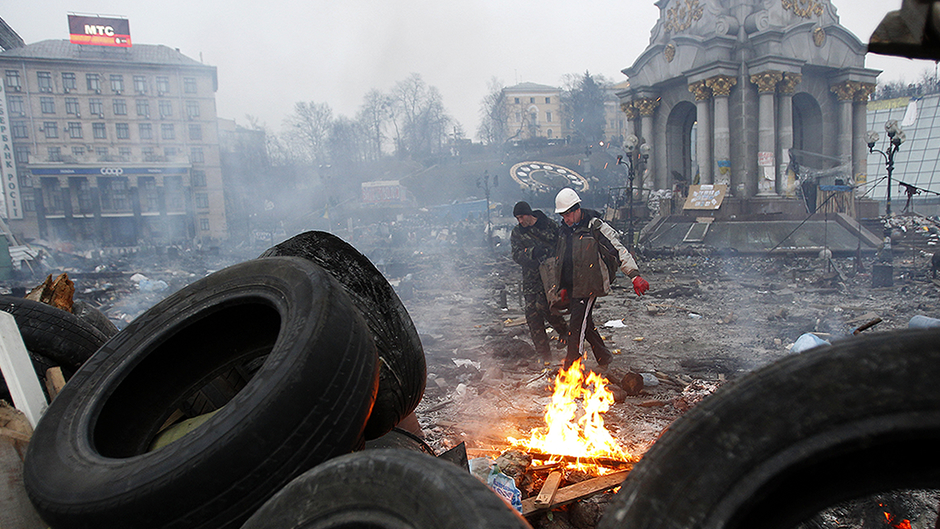
United States president Barack Obama has said the US is “watching very carefully”.
“We expect the Ukrainian government to show restraint, to not resort to violence in dealing with peaceful protesters. There will be consequences if people step over the line.”
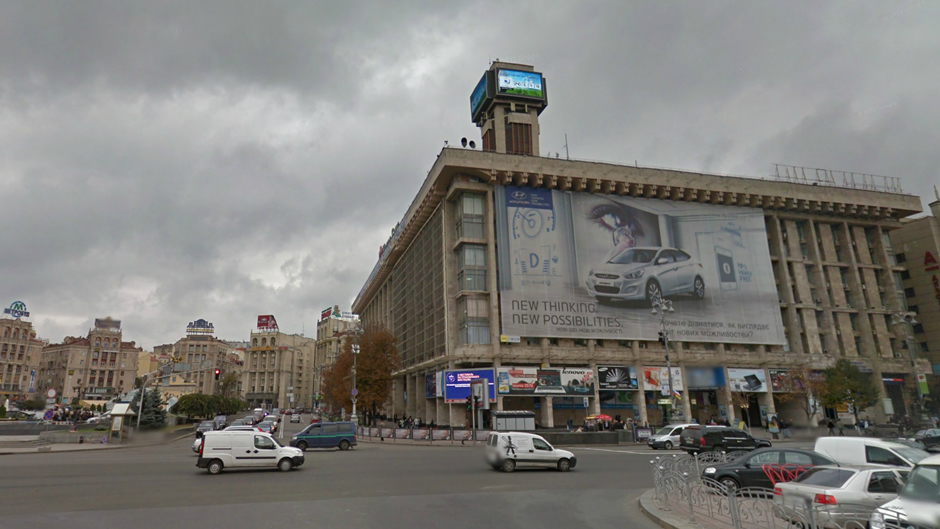
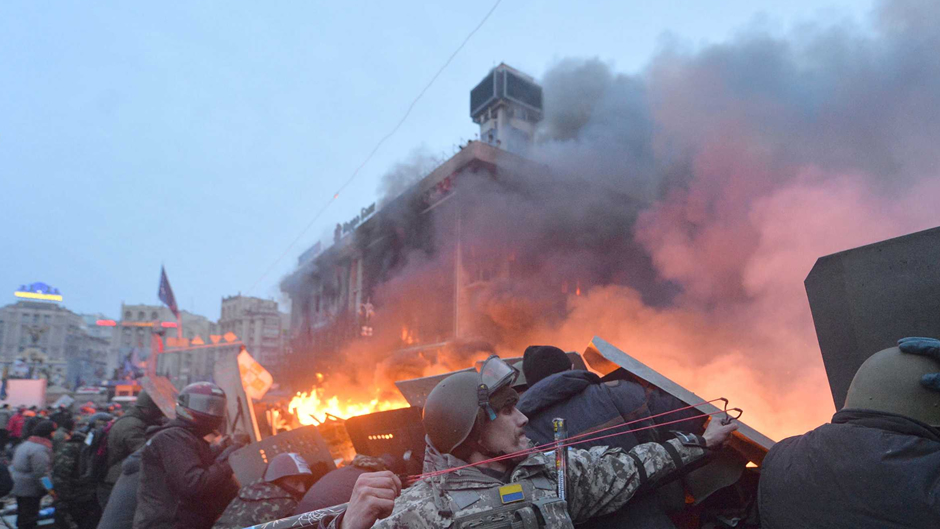
Russia analyst and author Ben Judah says Ukraine is teetering on the edge of not only an economic abyss but also civil war.
“History is littered with protest movements that once had the most peaceful intentions that turned bloody, of shootings in cities in multi-ethnic countries, even though nobody wanted it, it managed to spiral into confrontations.
“Currently a full-scale war is unlikely to break out but what seems to have happened is that with these shootings, regions in western Ukraine and regions in southern Ukraine that are supportive of Russia are no longer fully responding to the government’s orders and it’s going to be very hard to put Ukraine fully together again, whatever happens, without one region or another refusing to take orders from a central government.”

